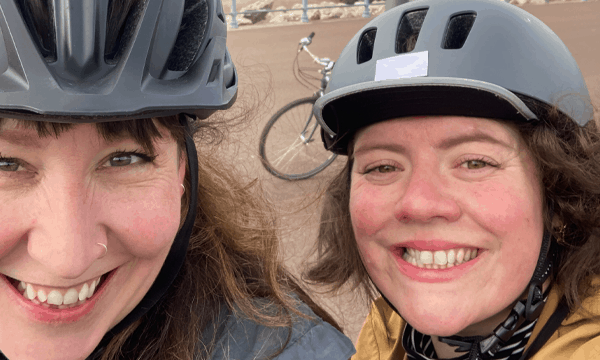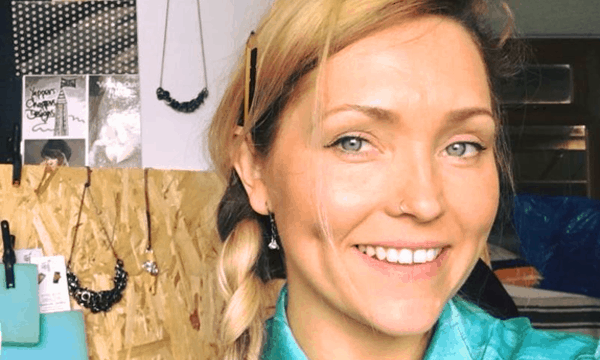Cartographic Interventions
The idea for commissioning the works for the Cartographic Interventions came out of our Measures that Matter workshop, in which we discussed what data the Future Places Centre might produce and how those data could be used. A bigger question emerged; how can we really grasp all the complexity of life in a place such as Morecambe Bay? Is the word ‘data’ useful in this context? The Bay is the site of such an extraordinary and exceptionally rich array of different stuff, human and nonhuman, animal and vegetable, living and non-living, that normal conceptions of data capture seem inadequate. How can we represent the myriad realities that make up existence in the Bay? How do we take account of what is not fully understood, or even not yet known, or may never be known properly? Out of these discussions the idea of mapping emerged as a way of thinking about how we represent at least some of the uncountable ways of being that the Bay encompasses. The scope of what can be mapped extends far beyond physical terrain, and can encompass scientific, social economic, artistic, political, environmental data and, in doing so, can offer new ways of looking at complex situations and for discovering new evidence. We thought of maps as ‘interventions’ in knowledge, intervening in some space of concern, and enabling that space to be more amenable to understanding. The idea of the map also meant that whatever is represented is still clearly a form of data, something that is given to be measured and represented, however idiosyncratically. We settled on the term ‘Cartographic Interventions’ as a way of enframing how artists might respond to the Bay and its environs.


.png)
.png)
.png)

.png)
